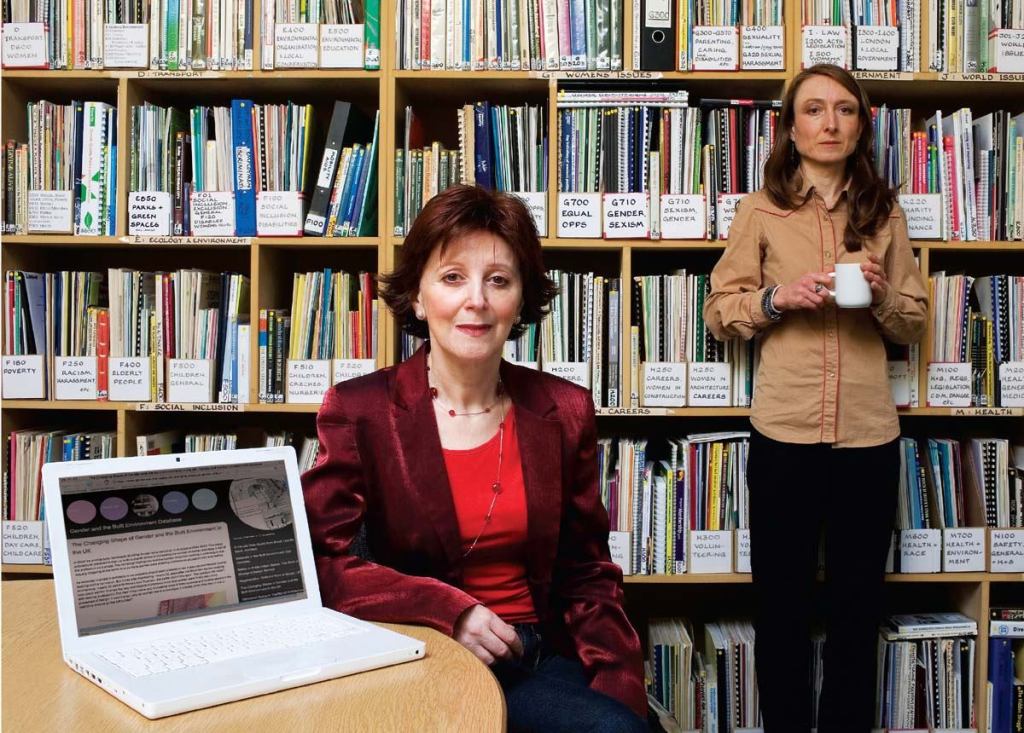In the architecture community, awareness of social justice issues like race, age, and socioeconomics is definitely on the rise. But what about gender? Gendersite.org aims to answer that question. Launched last July as a joint effort between the UK’s Women’s Design Service (WDS)—an advocacy group that maintains the site—and Queen Mary, University of London, Gendersite connects researchers around the topic of gender equality and the built environment. The goal was to assemble “a whole range of knowledge, both at the theoretical level and the grassroots level, and to offer access to these materials in one place,” explains WDS director Barbra Wallace.
Journalist and architecture critic Clare Melhuish was hired in fall 2007 to gather information for the site from a broad range of disciplines and geographies. Gendersite went live with a database of some 5,000 works examining gender and architecture. (People are invited to suggest research not yet archived.) It also offers a series of original case studies examining the roles of women in the profession and their relationship to the built environment. In spite of the extensive research available, Melhuish—who will continue to work for the site while funding is available—found little communication within the planning and design professions. “Most of the issues addressed are obvious, and yet it is surprising how little they are discussed, especially in terms of policy making,” she says. “There is so much emphasis on community involvement in planning, and an emphasis on acknowledging the needs of ethnic differences and age differences, but it seems a bit taboo to acknowledge the specific needs of women.”
Gendersite aims to be a pivotal resource for planners and architects, but Melhuish also hopes the database simply gets folks talking. “We need to educate people broadly to think about these issues,” she says, “and to think about how to go about designing something that caters to everybody’s needs equally.”
